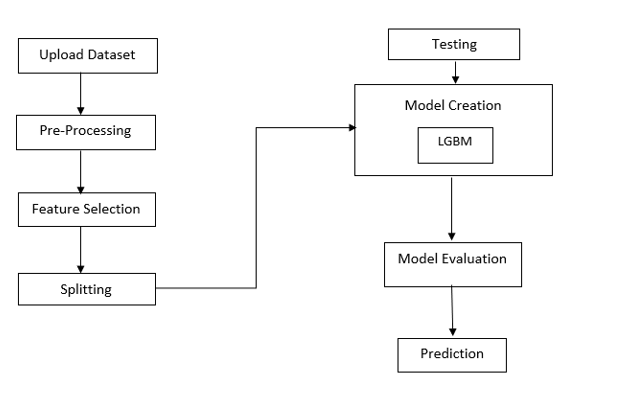Credit Card Fraud Detection Using Fraud Detection Using LGBM
Objective
The ML models have long been used in many application domains which needed the identification and prioritization of adverse factors for a threat. Several prediction methods are being popularly used to handle detection problems. This study demonstrates the capability of ML models to detect the transaction frauds.
Abstract
Fraud
has become a trillion-dollar industry today. Some finance companies have
separate domain expert teams and data scientists who are working on identifying
fraudulent activities. Data Scientists often use complex statistical models to
identify frauds. However, there are many disadvantages to this approach. Fraud
detection is not real-time and therefore, in many cases fraudulent activities
are identified only after the actual fraud has happened. These methodologies
are prone to human errors. In addition, it requires expensive, highly skilled
domain expert teams and data scientists. Nevertheless, the accuracy of manual
fraud detection methodologies is low and due to that, it is very difficult to
handle large volumes of data. More often, it requires time-consuming
investigations into the other transactions related to the fraudulent activity
in order to identify fraudulent activity patterns.
Keywords: Financial transactions, Fraud, Patterns etc..,
NOTE: Without the concern of our team, please don't submit to the college. This Abstract varies based on student requirements.
Block Diagram

Specifications
- Processor: I3/Intel
- Processor RAM: 4GB (min)
- Hard Disk: 128 GB
- Key Board: Standard Windows Keyboard
- Mouse: Two or Three Button Mouse
- Monitor: Any
- Operating System: Windows 7+
- Server-side Script: Python 3.6+
- IDE: Jupyter Notebook
- Libraries Used: Pandas, Numpy.
Learning Outcomes
- About Python.
- About Pandas.
- About Numpy.
- About Machine Learning.
- About Artificial Intelligent.
- About how to use the libraries.
- Virtualization.
- About model choosing.
- Project Development Skills:
- Problem analyzing skills.
- Problem solving skills.
- Creativity and imaginary skills.
- Programming skills.
- Deployment.
- Testing skills.
- Debugging skills.
- Project presentation skills.





 Paper Publishing
Paper Publishing
